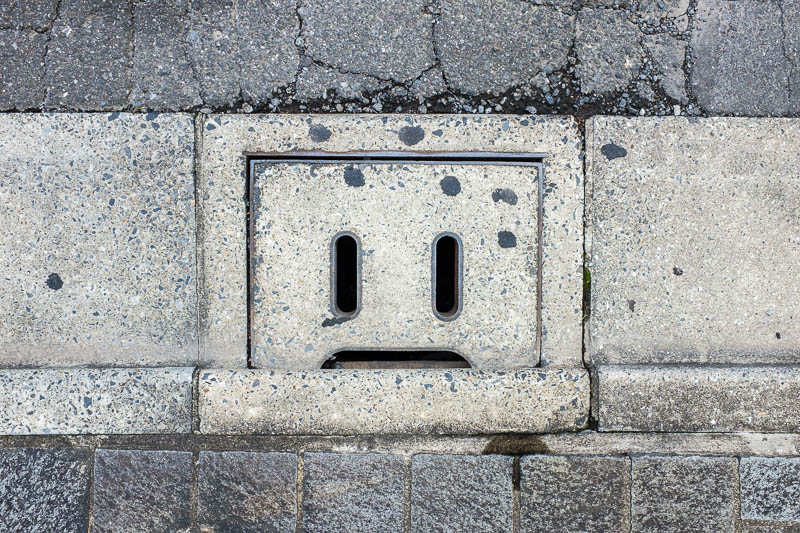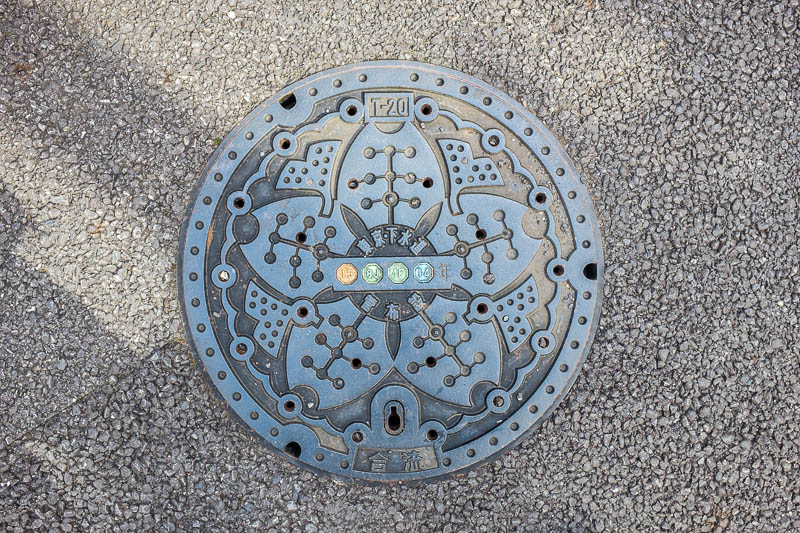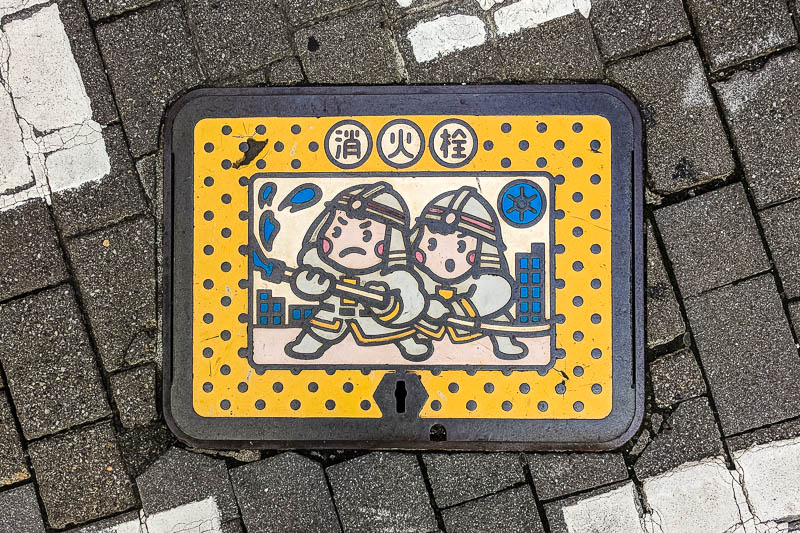[content_slider]
[content_slide]

[/content_slide]
[content_slide]

[/content_slide]
[content_slide]

[/content_slide]
[/content_slider]
TOKYO | Walk on the sidewalk in Japan and you might notice that the manhole covers stand out as being quite elaborate. I first noticed it when visiting Tokyo several years ago. I’ve not seen manhole covers like this elsewhere in the world, and I was curious to know the story behind these artistic, and sometimes colourful takes on what’s normally something quite dull.
Japan’s largest cities started using their own unique manhole cover designs in the 1950s, but it wasn’t until the 1980s when things really took off across the country. Construction ministry employee Yasutake Kameda needed to raise social acceptance for the costly public works involved in connecting all of Japan to the municipal sewer system. At the time, only 60% of Japan’s population was connected. He had the idea of encouraging residents to develop unique cover designs with a local flavour.
The concept was well received, and today nearly 95% of Japan’s 1,780 municipalities have engraved or painted manhole covers. They commonly feature elements that have a connection to the area in which they are found – a town emblem, landmark, event, sports team, official bird, or flower for instance.
There are over 12,000 different manhole cover designs in Japan, and people love them. So called “manholers” travel the country seeking out particular manholes to take photos of and collect pencil rubbings known as takuhon. There are even trading cards and replica covers that people collect, and festivals where fans trade manhole cover related items.
Next time you’re in Japan, remember to look down. You never know what you might discover.

